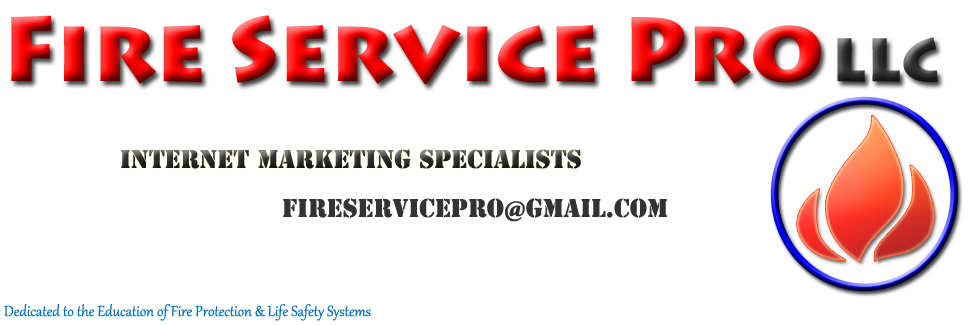Chula Vista Portable Fire Extinguisher Hydrostatic Tests, Inspections and Maintenance
At certain intervals, fire extinguishers are required to be pressure tested using water or some other non-compressible fluid to help prevent unwanted failure or rupture of the cylinder [see NFPA 10(98), Chapter 5]. This is called hydrostatic testing and includes both an internal and external examination of the cylinder. Because this testing requires special training and equipment, it needs to be performed by an approved extinguisher servicing company.
Hydrostatic testing intervals for fire extinguishers are outlined in NFPA 10(98), Sec. 5-2 and Table 5-2. Test intervals for some of the most commonly found extinguishers are as follows:
- Pressurized water, carbon dioxide and wet chemical extinguishers – every 5 years
- Dry chemical extinguishers – every 12 years
As mentioned earlier, the exception to the rule for hydrostatic testing is no rechargeable stored pressure extinguishers (e.g. dry chemical extinguishers), which are required to be removed from service 12 years from the date of manufacture.
Information only:
Some of you may have heard…
The 2007 edition of NFPA 10 contains a new requirement for the removal of dry chemical extinguishers manufactured prior to October, 1984 [see NFPA 10(07), Sec. 4.4.1]. Removal is to occur at the time of the next 6-year maintenance interval or next hydro test interval, whichever comes first. This requirement came about as the result of significant changes made to UL Standard 299, Dry Chemical Fire Extinguishers, based on fire testing conducted by UL, FEMA and NFPA.
Documentation Requirements
Almost as important as conducting required inspection, testing and maintenance is documenting the fact that it occurred. NFPA 10 requires that these services be properly recorded.
Chula Vista Hydrostatic Tests and Inspections
All commercial and industrial business owners shall assure that hydrostatic testing is performed by trained persons with suitable testing equipment and facilities. The commercial and industrial business owners shall assure that portable extinguishers are hydrostatically tested at the intervals listed in Table L-1 of this section, except under any of the following conditions:
- When the unit has been repaired by soldering, welding, brazing, or use of patching compounds
- When the cylinder or shell threads are damaged
- When there is corrosion that has caused pitting, including corrosion under removable name plate assemblies
- When the extinguisher has been burned in a fire
- When a calcium chloride extinguishing agent has been used in a stainless steel shell.
In addition to an external visual examination, the commercial and industrial business owners shall assure that an internal examination of cylinders and shells to be tested is made prior to the hydrostatic tests. In addition to an external visual examination, the commercial and industrial business owners shall assure that an internal examination of cylinders and shells to be tested is made prior to the hydrostatic tests. OSHA (Occupational Safety and Health Standards) Fire Protection: Portable fire extinguishers
TABLE L-1
Type of extinguishers |
Test interval(years) |
Soda acid (soldered brass shells)(until 1/1/82) |
(1) |
1) Extinguishers having shells constructed of copper or brass joined by soft solder or rivets shall not be hydrostatically tested and shall be removed from service by January 1, 1982. (Not permitted)






